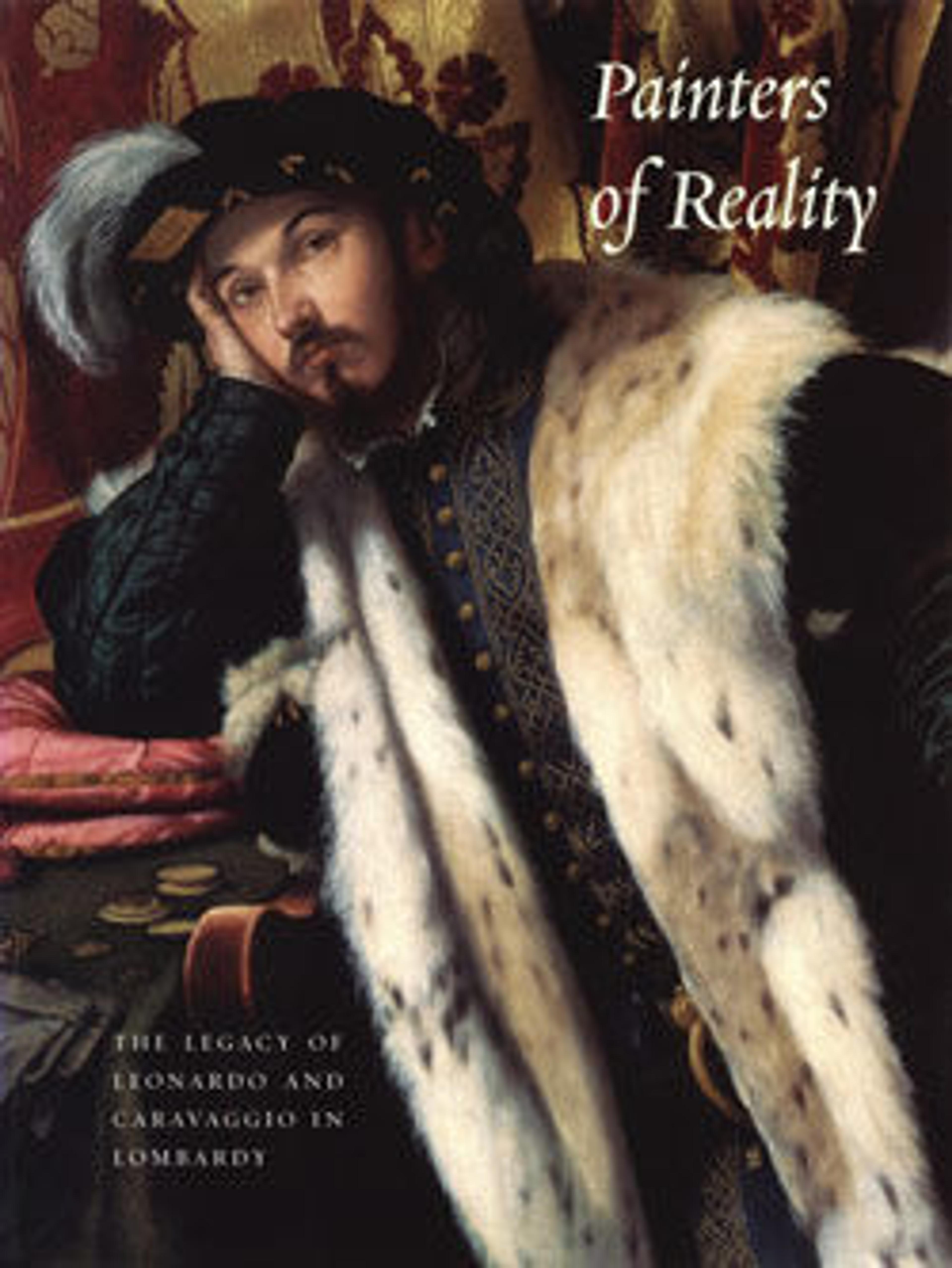The Flagellation; (reverse) The Madonna of Mercy
Romanino painted this expressive depiction of the flagellation of Christ as a processional banner for a confraternity, or lay religious group, in Brescia, a city not far from Milan. Contemporary German prints, which circulated widely in northern Italy, inspired its dramatically compressed composition and the vehemence of the brutish executioners. Caravaggio, the groundbreaking artist of the next generation, spent his formative years in the region and almost certainly knew and admired this painting. On its reverse, now unfortunately somewhat damaged, Romanino painted the Madonna of Mercy surrounded by kneeling members of the confraternity. For an image of the reverse, visit its collection record at The Met website.
Artwork Details
- Title: The Flagellation; (reverse) The Madonna of Mercy
- Artist: Girolamo Romanino (Italian, Brescia 1484/87–1560 Brescia)
- Date: ca. 1540
- Medium: Distemper and oil(?) on canvas
- Dimensions: 70 7/8 x 47 1/2 in. (180 x 120.7 cm)
- Classification: Paintings
- Credit Line: Purchase, Anonymous Bequest, by exchange, 1989
- Object Number: 1989.86
- Curatorial Department: European Paintings
More Artwork
Research Resources
The Met provides unparalleled resources for research and welcomes an international community of students and scholars. The Met's Open Access API is where creators and researchers can connect to the The Met collection. Open Access data and public domain images are available for unrestricted commercial and noncommercial use without permission or fee.
To request images under copyright and other restrictions, please use this Image Request form.
Feedback
We continue to research and examine historical and cultural context for objects in The Met collection. If you have comments or questions about this object record, please contact us using the form below. The Museum looks forward to receiving your comments.
